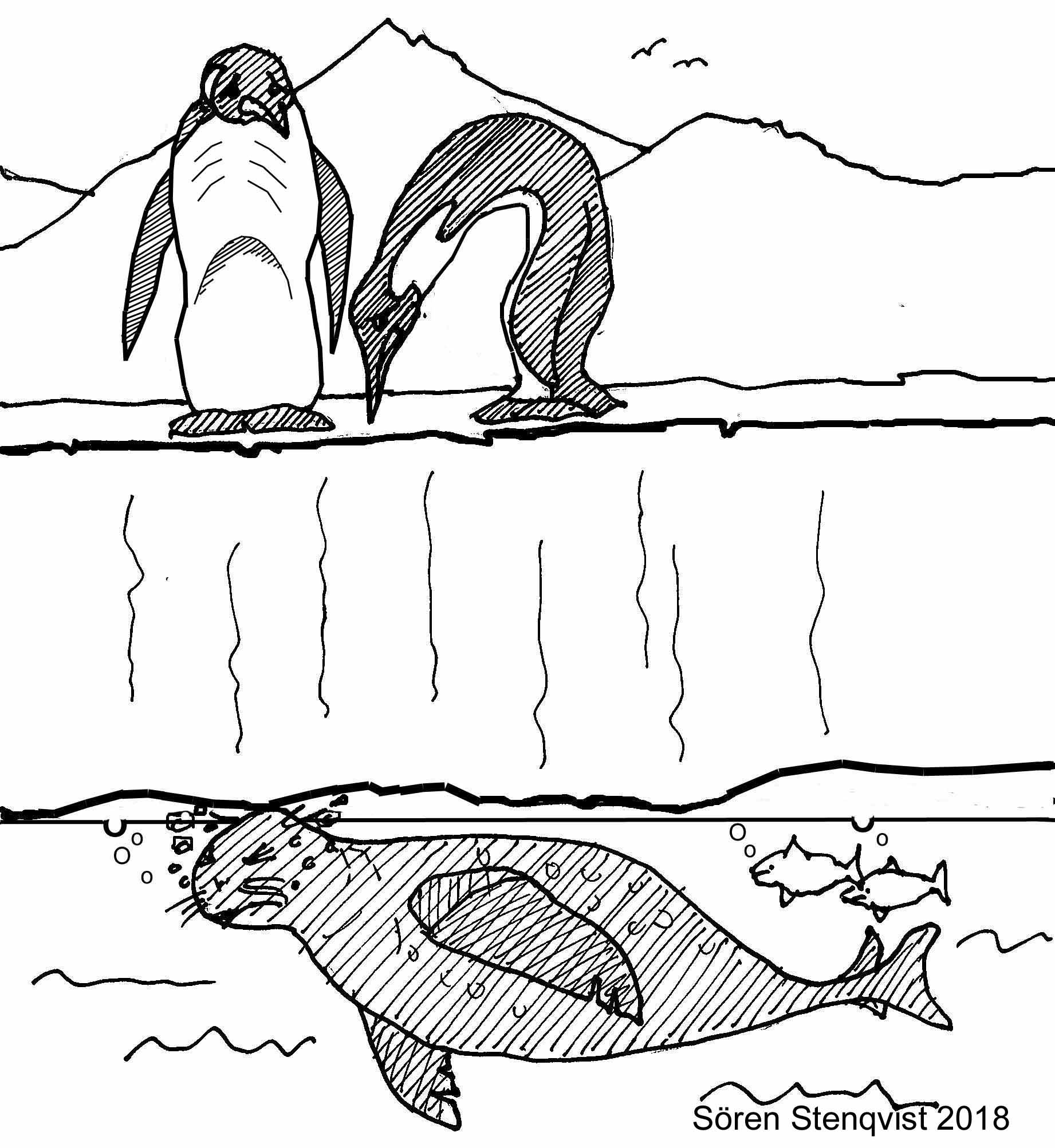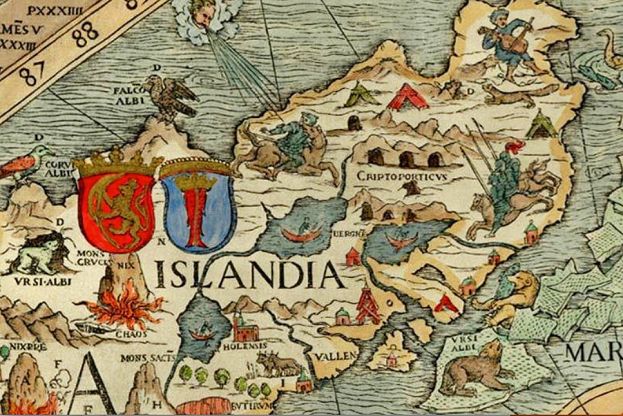
For marine animals capable of swimming, walking or flying heat is not a serious problem. They go somewhere else. Animals in lakes and rivers are in danger in a severe drought because water can evaporate, but lakes and rivers do not have the same depth of water and some animals survive. When lakes and rivers are frozen to the bottom no fish can survive.
Animals of all kinds are in my database because they are sensitive indicators of light, temperature, rain, snowfall, ice cover, speed and direction of water currents, and water chemistry. Some birds are annual migrants. Before the cold season starts these birds fly to warmer regions and return when spring arrives. Recordings of dates of their departure and arrival can tell us about climate changes in the past, present, and future. Severe storms push bird species very long distances. By mapping finds of exotic birds, one can reconstruct both direction and wind speed of such events.
In the past penguins have disappeared from the Antarctic not because of a warm climate, but because long cold periods forced them to migrate. Some adjusted to the warmer conditions in southern Australia and now live there. When the Antarctic ocean is ice-covered, penguins will not survive there — in the largest biological desert of the world — because they cannot get any food. It becomes critical when they have eggs and chicks. Their latest disappearance from the Antarctic lasted 900 years but they returned around 850 CE when global warming made it possible. Seals, walruses and whales in both polar oceans cannot get food when the sea is ice-covered, so their possibilities are migration or extinction. Similarly, polar bears are in danger of extinction when the Arctic ocean becomes ice-covered, but they can swim to warmer water.
My database includes information about cold as well as warm years and the ecological impact the weather had on plants and animals including people during the two latest millennia. Medieval chill periods were recorded in Icelandic manuscripts by of the number of starving polar bears invading the island. All animals, humans included, capable of moving will migrate when under severe stress, whatever its cause. My database has subregisters for uprisings and population migrations for the latest two millennia, and animal migrations are recorded for the same time period.
